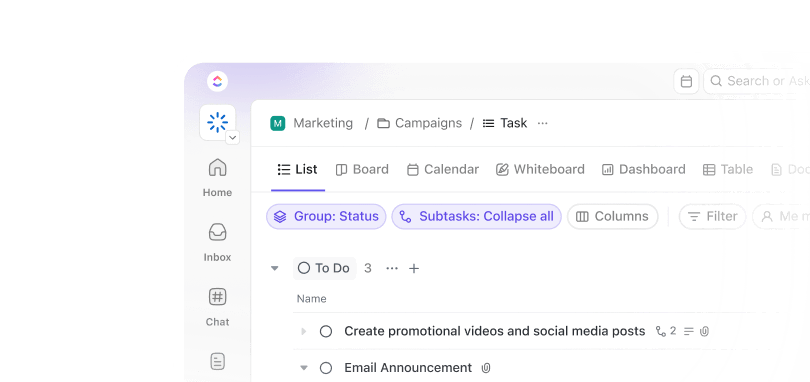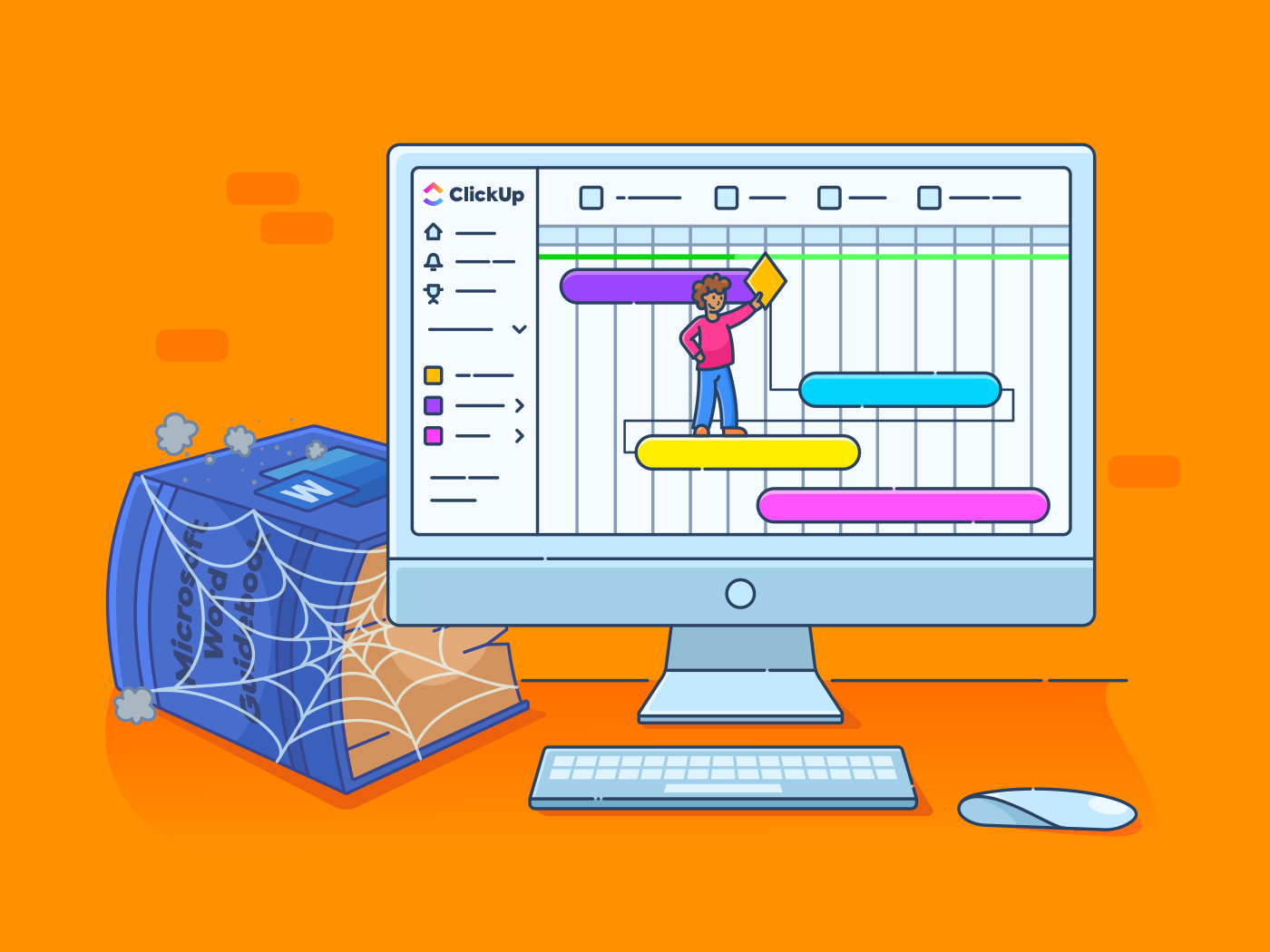Imagine walking into your sales floor, and every team member is laser-focused, motivated, and genuinely excited about hitting their targets. That’s precisely what a well-crafted sales incentive program can do.
In today’s competitive landscape, top talent seeks more than just a paycheck; they crave recognition, growth opportunities, and meaningful rewards that acknowledge their contributions. Sales incentives are more than just monetary rewards; they’re powerful psychological tools that transform ordinary performers into extraordinary achievers.
In this blog post, we’ll explore various creative and effective incentive ideas that go beyond the typical cash bonus. Additionally, we will show you how to structure motivating incentives, personalize them, and measure their impact.
⏰ 60-Second Summary
A high-performing sales team isn’t built on numbers alone—it’s powered by motivation, recognition, and the right incentives.
Here’s why it matters:
Sales incentives go beyond cash. They create purpose, fuel performance, and help your team feel seen and appreciated. According to the Incentive Research Foundation, well-designed programs can boost performance by up to 44%.
Cash is great, but creativity can work wonders:
💵 Monetary rewards like commission boosters and mystery bonuses drive urgency
🏆 Non-monetary incentives like public shoutouts and recognition awards build morale
🌍 Experience-based rewards like paid trips and VIP events add lasting value
🎁 Products & perks like branded swag or exclusive discounts delight top performers
📚 Career development options like coaching and certifications build loyalty
🎲 Gamified ideas like sales bingo, raffle tickets, or prize wheels keep things fun
However, incentives only work if tracked, structured, and aligned with your goals.
That’s where comes in. With Goals, you can set SMART targets, track progress with Dashboards, gather feedback with Forms, and document everything in one place with Docs.
👉 Ready to create a program that drives results? Start building your sales incentive strategy with —your all-in-one work hub. Try it free today.
Sales Incentives Ideas for Sales Team Motivation and Engagement
Why Sales Incentives Matter
Motivation fuels dedication. While passion and drive matter, incentives add a powerful layer of motivation that sustains performance.
👀 Did You Know? A study by the Incentive Research Foundation (IRF) found that incentive programs can enhance performance by anywhere from 25% to 44%.
The role of incentive programs in sales management
These programs drive performance by rewarding the behaviors that lead to sales success.
Here are some key benefits:
- Increases motivation and engagement: Short-term incentives encourage immediate action and goal achievement, while long-term incentives promote sustainable growth strategies
- Enhance productivity: Tangible goals linked to rewards keep motivation high
- Boost in sales and revenue: By incentivizing desired sales behaviors, companies can overcome plateaus and drive revenue growth
- Improved customer satisfaction: A motivated sales force prioritizes building strong customer relationships, leading to increased customer satisfaction and loyalty
- Enhancing employee satisfaction: Competitive and rewarding incentive programs contribute to a positive work environment, boosting employee morale and reducing turnover
- Drive accountability: By linking rewards to specific goals and achievements, incentive programs promote a sense of ownership and accountability among sales representatives
- Encourage healthy competition: Incentive programs can create a healthy competitive spirit within the sales team
- Superior results: The prospect of tangible rewards motivates sales representatives to exceed expectations
Differences between traditional bonuses and creative incentive strategies
Here’s a brief overview of the differences between traditional bonuses and creative incentive strategies:
| Feature | Traditional bonuses | Creative incentive strategies |
| Focus | Primarily financial rewards (cash, stock options) | Broader range of rewards, often emphasizing experiences, recognition, and personal growth |
| Structure | Often tied to easily quantifiable metrics (e.g., sales targets, revenue goals) | Can be linked to a wider range of objectives, including teamwork, innovation, and customer satisfaction |
| Frequency | Typically awarded annually, quarterly, or upon achievement of specific milestones | Can be more frequent and varied, offering ongoing motivation and recognition |
| Delivery | Usually a one-time payment or reward | Can involve a variety of experiences, such as travel, exclusive events, charitable donations, or personalized rewards |
| Impact | Primarily focuses on extrinsic motivation (external rewards) | Can tap into both extrinsic and intrinsic motivation, encouraging a stronger sense of purpose and engagement |
| Examples | Year-end bonuses, performance-based commissions, stock options | Travel rewards, charitable donations, personalized experiences, professional development opportunities, public recognition, flexible work arrangements |
Creative Sales Incentives Ideas
Everyone appreciates a creative approach. So why not motivate your sales team with unique, engaging incentives? Here are 30+ ideas to motivate your team. These aren’t your typical bonuses—we’re talking about rewards that will boost sales, improve morale, motivate salespeople, and reduce employee turnover. Let’s get started!
Monetary incentives
When you pay your sales team direct financial incentives or benefits to meet a specific goal, these cash incentives are known as monetary incentives. Here are some monetary incentives you can reward your employees with:
- Mystery bonus draws: Host regular drawings where small direct cash prizes or gift cards are awarded to high-performing sales representatives
- Early bird bonuses: Reward those who consistently meet or exceed their targets early in the month or quarter
- Commission boosters: Offer temporary commission increases for specific product lines or during peak sales periods
- Profit-sharing programs: Involve your team in the company’s success by offering a share of profits based on overall sales performance
Non-monetary incentives
Non-monetary incentives don’t offer direct financial benefits but can provide significant motivation and job satisfaction.
- Recognition award: These types of incentives include trophies, certificates, etc. While not financial, this tangible recognition can significantly boost morale
- Employee of the month/quarter/year: Recognize and celebrate top performers each month, quarter, or year. You can create a wall of fame to display the picture and achievements of the top-performing sales representatives to give them a sense of accomplishment
- Public acknowledgment: Acknowledging an employee in any public meeting, social media, or newsletter is a good way to increase employee morale
💡Pro Tip: Create a ‘prize wheel’ concept where sales reps can choose to take a guaranteed reward or spin for a potentially larger prize after hitting targets.
Experience-based incentives
A salesperson who achieves the company’s target is rewarded with memorable experiences. Here are some experience-based sales compensation incentives:
- Travel incentives: These can include all-expenses-paid vacations to exotic destinations, weekend getaways to luxurious resorts, or city breaks to explore new cultures
- Exclusive events: Options may include tickets to concerts, sporting events, or theater performances, access to exclusive events and VIP experiences, or even backstage passes or meet-and-greets with celebrities
👀 Did You Know? Research indicates that employees with positive experiences demonstrate 16 times higher engagement levels than those with negative experiences.
Product or services as incentives
This can be a valuable and meaningful approach if you want to reward top performers without increasing direct costs.
- Gifts and merchandise: You can reward gift cards or high-quality merchandise that are useful for the employees
- Discounts or free products: Freebies from the company can also be a good option for rewarding the employees. However, the offer should be meaningful and desirable to the employee and align with their interests
Career development opportunities
When an employee has the opportunity to grow his career in the long term, he feels obliged to the organization, and his mental engagement with the company and motivation to work increase.
Other fun aand unconventional ideas:
- Training and certification programs: Offering training and certifications through different online courses helps the employees better understand their role and perform better. This makes the employee feel valued in the organization
- Mentorship and coaching: These incentives let the employees grow in their careers by gaining knowledge or experience from industry leaders. These sorts of motivations are a fantastic way to motivate employees to perform better
📮 Insight: 21% of respondents want to leverage AI to excel professionally by applying it to meetings, emails, and projects. While most email apps and project management platforms have AI integrated as a feature, it may not be seamless enough to unify workflows across tools.
But we cracked the code at ! With ’s AI-powered meeting management features, you can easily create agenda items, capture notes from meetings, create and assign tasks from meeting notes, transcribe recordings, and more—with our AI notetaker and Brain. Save up to 8 meeting hours per week, just like our clients at Stanley Security!
Some other sales incentive options
Here are some unconventional sales incentive options that can help your employees exceed their performance expectations:
- Customer reviews: Reward programs based on positive customer reviews. Recognize and reward sales representatives who consistently receive high praise from clients
- Internal competition: Encourage continuous growth by tracking and rewarding individual performance improvements
- Employee well-being: Offer paid time off for relaxation and rejuvenation to top performers
- Collaborative projects: Encourage teamwork and camaraderie through collaborative projects with rewards for successful team performance
- Flexible work arrangements: Provide flexibility in work schedules to improve work-life balance for high-achieving employees
- Employee choice awards: Allow employees to select their rewards from a pre-determined list
- Team experiences: Organize team-building activities and outings to enhance morale and camaraderie
- Mystery rewards: Introduce an element of surprise and excitement with mystery rewards for top performers
- Paid leaves: Reward top performers with extended paid leave for rest and rejuvenation
- Sales bingo: Gamify the sales process with engaging and fun games to increase motivation
- Favors from the boss: Offer personalized gestures of appreciation, such as lunches or mentoring sessions
- Inter-team manager contests: Promote friendly competition and camaraderie between sales teams
- Raffle tickets: Award raffle tickets for achieving sales goals and increasing the chance of winning larger prizes
- Customer loyalty contests: Recognize and reward sales representatives who cultivate strong customer relationships
- Ergonomic improvements: Enhance the work environment with ergonomic improvements for top performers, such as better chairs and new computers/laptops
- Banked time off: Allow high performers to accumulate time off for future use
- Upselling initiatives: Incentivize increased revenue from existing clients through upselling initiatives
- Daily prizes: Maintain consistent motivation with daily rewards for achieving smaller goals
- Charitable contributions: Allow employees to direct charitable donations on behalf of the company
- Fun incentive days: Organize themed days, such as ‘dress-up days,’ to cultivate a positive and engaging work environment
🧠 Fun Fact: Paid time off (PTO) is often more highly valued by early-career workers than mid-career or late-career employees. This trend is particularly evident among lower-income employees, who are more likely to prioritize PTO over cash bonuses.
Implementing an Incentive Program
Implementing a successful sales incentive program for your team requires careful planning and consideration. provides the tools to manage this process seamlessly.
’s Sales Project Management Software can be an excellent ally in designing and executing an effective incentive program.
Step 1: Know your objectives
First, determine your goals. Do you want to increase overall sales, sales of a particular product, or the retention of high-performing employees?
After you decide your goal, create a SMART (specific, measurable, attainable, relevant, and time-bound) method.

Goals allows you to set clear, measurable, and achievable sales targets for your team and individual sales managers and representatives. You can define SMART goals, break them into smaller sub-goals, and track real-time progress.
This feature also allows you to recognize and celebrate team and individual successes, boosting morale and motivation.
Step 2: Understanding an individual salesperson
Not all salespersons wish to receive the same incentive. So, within a budget, you need to understand the requirements or choices of individual sales reps and create a compelling sales incentive program for your company’s sales talent.
Step 3: Choosing the right structure for incentives
Not all types of incentives are the same. Some incentives may be delivered daily, some weekly, some monthly, and so on. So, decide what to reward the employee for and which type of performance.
A mixture of cash rewards and other benefits for the different performance duration is a good option.


Use Milestones to visualize performance tiers, map rewards to specific Milestones, track progress towards each Milestone, and adjust the incentive structure based on team performance and business needs.
This visual representation helps define criteria for each incentive tier and associated rewards, ensuring clear rewards linked to specific performance achievements.
By tracking progress and adjusting the structure within , you create a clear, visually appealing, and easily adjustable incentive structure that effectively motivates your sales team and drives desired outcomes.
Step 4: The program should be transparent
Create a dashboard where all the performance metrics will be displayed. This will help create a transparent and effective sales incentive program.


Dashboards provide a centralized view of all key sales metrics, enabling you to track performance, identify trends, and make data-driven decisions. You can monitor individual and team performance against key metrics, spot trends and patterns in sales data, and use data-driven insights to inform your sales decisions.
Furthermore, you can share performance data with your entire team to inform them of their progress and motivate them to achieve their targets.
Step 5: Budget setting
Decide how much you can and want to spend to reward your best salesperson in the sales incentive program. While deciding, consider the possible ROI for offering the reward.
This will help maximize employee engagement, split sales incentives, and positively impact your business.
Brain can facilitate budget setting by providing a central hub for brainstorming and documenting potential incentive program costs.


This includes listing and categorizing potential rewards, estimating costs associated with each option, comparing reward options based on cost-effectiveness and potential impact, collaborating with stakeholders like finance and HR, and tracking budget allocations to ensure spending remains within the allocated limits.
Using Brain, you can simplify the budgeting process, ensure a realistic and achievable budget, and make informed decisions on resource allocation.
Step 6: Implement the program and communicate with the sales team
While you let your sales team know about the sales incentive program, be clear about the goals, different metrics, and the incentive type.
Use Docs to create a comprehensive program guide, develop sales playbooks, communicate program updates, collect and share feedback, and store supporting documentation.


You use Docs to ensure all program information is easily accessible, well-organized, and consistently updated, facilitating effective program management and communication with your sales team. Add Comments to share and communicate sales incentive ideas with your team.
Step 7: Gather feedback on the program
Once you implement the program, continue conducting regular surveys and gathering feedback to understand its effectiveness.


Forms can be used to gather feedback from your sales team on the effectiveness of the incentive program, collect data on sales performance and employee satisfaction, analyze survey results to identify areas for improvement and automate follow-up actions.
This enables you to continuously improve your incentive program and ensure it remains effective and engaging.
Tracking key performance indicators (KPIs) for incentive success
Before implementing a sales incentive program, clearly define relevant sales KPIs. After implementation, compare the sales goals of previous years and quarters. Analyze employee engagement rates and their performance levels.
Conducting a thorough ROI analysis is paramount. Consider the program cost and calculate the overall ROI over a specified period. This comprehensive evaluation will provide valuable insights into the program’s effectiveness and guide future adjustments for optimal results.
Use the Performance Report Template to monitor real-time progress and KPIs. This template allows you to assess trends and effortlessly create automated sales incentive reports.
Incentive Best Practices
Once you decide on your company’s right incentive scheme or program, it’s time to implement it properly.
Here are some best practices you should follow:
- Create an inclusive program: Ensure the program is user-friendly, engaging, and accessible to all employees
- Promote the program effectively: Promote the program to ensure widespread awareness and participation
- Lead by example: Encourage leadership to participate and demonstrate their support for the program actively
- Personalized incentives: Offer personalized incentives within budget constraints, using technologies like AI and employee feedback
- Gather continuous feedback: Implement feedback channels (surveys, etc.) to gather employee input and improve program effectiveness
Implement the Best Sales Incentive Ideas with
Implementing a well-structured sales incentive program is crucial for motivating your sales team, driving performance, and achieving ambitious sales targets. You can enhance employee engagement, encourage a competitive spirit, and boost overall sales revenue by offering compelling rewards for achieving specific goals.
provides a comprehensive platform that can significantly facilitate the entire process.
From setting clear goals and tracking progress with Goals to managing budgets effectively with Brain and ensuring seamless communication with Docs, allows you to create, implement, and optimize your sales incentive program for maximum impact.
Sign up to today to set up your sales incentive program seamlessly. 🚀


Everything you need to stay organized and get work done.












